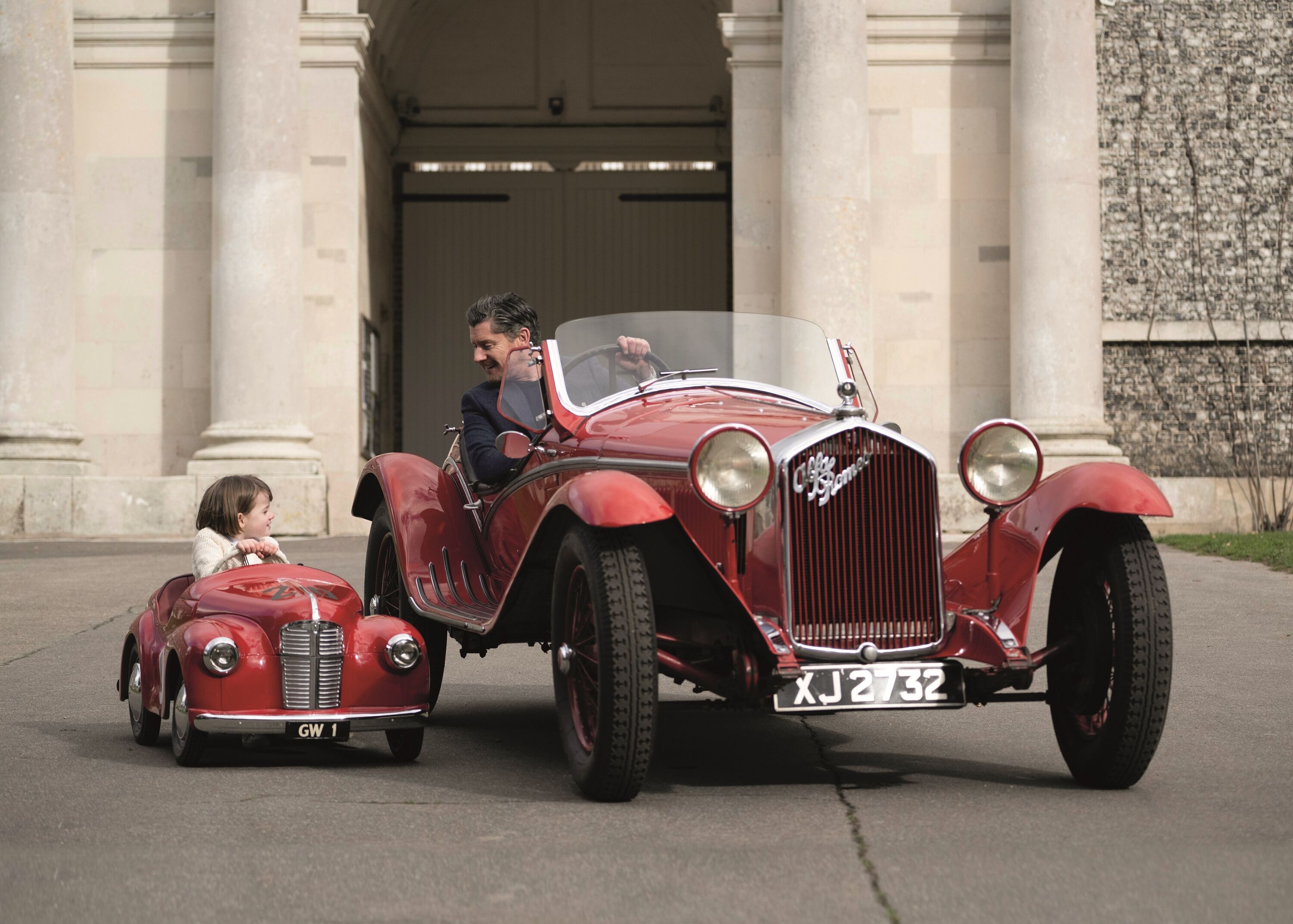Motorsport always bounces back
We are living in unusual times. The global ‘lockdown’ has put unprecedented restrictions on daily life and the sweeping effects of a world holding its breath have, perhaps, yet to be fully realised. The accepted thinking however is that this pandemic, whilst painfully tragic for many, will not last forever. The debate as to whether life will return to ‘normal’ has yet to be resolved and definitions of what normal life should look like are certainly not the remit of motoring writers. What is for certain is that, once the various restrictions are lifted, motorsport will return with hungry enthusiasm and no doubt a wave of renewed fellowship and unity.

The history of our sport is writ large with the resilience and persistence of its protagonists, insistent that motorsport is more than merely winning races it is a mechanism for bringing people together and providing a sustaining diversion from the tribulations and vicissitudes of ‘normal life’.
In 1919 the world was reeling from the most shattering conflict it had experienced to date and was navigating the devastating effects of the Spanish Flu pandemic (which lasted until 1920 and infected a staggering 500 million people). So it is perhaps not surprising that there wasn’t a landslide of motor racing events in 1918. Competition returned first to America in May 1919 with the Indianapolis 500 but in Europe (the winner, Howdy Wilcox, is pictured at the top of this story with his winning Peugeot), where civilian life had been so dramatically uprooted, things took a little longer.
The first sprouts of activity broke through in August 1919 but not perhaps where you might expect. Despite the dominance of the French road races before the war and the ascendance of Brooklands, the first wheels to turn competitively in Europe were on Danish soil – or sand. On August 23rd on the island of Fanø, once they had cleared the mines that had washed in on the high tide, a speed trial was held. It was won by Ferdinando Minoia driving a FIAT and the trial ran for another five years, becoming a popular destination for speed freaks including John Duff and Malcolm Campbell.
The Italians were next to carry the torch with a very international Targa Florio that was held on November 23rd 1919. Familiar pre-war names dominated the entry, including René Thomas back from his Indy 500 successes, but there were a few drivers that made their racing debut including Antonio Ascari and a 21 year-old Enzo Ferrari. Ferrari was unclassified in 1919, but returned in 1920 to win his class and take second place overall driving for Alfa Romeo. French, Italian and British drivers were in attendance. The race was fought in appalling weather and on dreadful roads (they were bad before the ravages of war!) and was won by André Boillot in the all-conquering Peugeot L25. Boillot overtook Thomas in the final stages of the race and frantically raced for the chequered flag. On approaching the finish line the excited crowds rushed onto the road – in an effort to avoid a terrible accident Boillot skidded the car into the palisade in front of the grandstand. The exhausted driver and mechanic then had to disentangle their car from the wreckage and managed to reverse over the finish line. Just as victory cigars were about to be lit the pair were notified that reversing over the line did not qualify them as winners and were compelled to get back into the battered car, return to the track and drive over the finish line the right way round…
Motor racing benefited enormously from the accelerated development of engines that the war had demanded. Lessons from the aeronautics industry had an enormous impact; lighter materials, aerodynamics and metallurgic advancement meant more revs, more power and less weight. The beautiful eight-cylinder Ballot that was, somewhat hastily, put together for the 1919 Indianapolis and the terrifically fast Duesenbergs incorporated many of these new developments and ushered in a new era of racing car design. Maserati 8CMs, the incredible Alfa Romeo P3, the Bugatti Type 35 and many more besides, have World War I aircraft DNA.

The Junior Car Club Meeting at Brooklands, May 20th 1920. H.R. Godfrey leads C. Finch.
The British, despite the illegality of road racing, were successful in putting on a remarkable number of events in the years after the Great War. The damage that Brooklands had suffered in the hands of the RFC was extensive. The effects of heavy solid-tyre lorries, frost and general neglect demanded a great deal of repair work. Despite this, Brooklands was open for business on April 5th 1920, unfortunately so were the heavens – meaning that the meeting proper had to be postponed until May. However the Essex Car Club were successful in organising a hillclimb at Kop on 2nd April which was won by Guy Anthony Vandervell who would go on to make quite an impact on the sport after the next war. As always, M. Campbell could be found well up the order – winning the 1,500cc class in a Talbot.
Hillclimbs and speed trials were the bread and butter of British motor racing in those fragile years after the war. Local councils often took a blind eye to smaller events that didn’t cause a great deal of disruption and that brought in a little extra cash. Between 1920 and 1921 there were over 20 different hillclimb venues – many running numerous times during that period. (Keckwill/Staxton/Church Hill/Kop/Shelsley Walsh/Holme Moss/Sutton Bank/Southport Sands/Redland/Pebblecoombe Hill/Windmill Hill/Inter-Varsity/Bore Hill/Newlands Corner/Rushup Edge/Irondown/ACU Chatcombe/Handpost/Holme Moss/South Harting/Hampshire AC Spread Eagle/SUNBAC Penkridge Bank/Catsash/JCC Dean/Kingdown Hill/Garrowby/Cambridge/Beacon.)
Not long after the return of racing at Brooklands in May did the French stage the Coupe des Voiturettes on a shortened Le Mans course and it was this course that later became the template for the 24-hour circuit. Ettore Bugatti’s Type 13s dominated, despite some mechanical problems. A broken connecting rod ended the race for de Viscaya, but to conceal the true reason from the public Ettore unscrewed the radiator cap of de car, thereby inviting disqualification.

John and Charles Cooper with the Cooper MkI Prototype, Prescott Hillclimb, 1946.
Despite the limiting effect of the depression in the 1930s, motorsport flourished in Europe and British enthusiasts enjoyed a Golden Age. With the outbreak of war in 1939 racing in Britain stopped immediately but the Italians remained bullish, staging the Tripoli Grand Prix, the Targa Florio and a reduced Mille Miglia in 1940. During the war years there were pockets of activity, but Rivers Fletcher’s monthly lunches for enthusiasts in Kensington were the true vanguard. Momentum from these gatherings helped to shape the first post-war events in Britain, the first of which was the Cockfosters Rally, held on July 14th 1945. An unofficial and ‘untimed’ event around the service roads of an unfinished housing estate that saw an eclectic mix of machinery led out by Earl Howe no less, resplendent in his Bugatti Type 57S. The entry list included ERAs, a Bugatti Type 55, 1914 GP Mercedes, John Bolster and ‘Bloody Mary’, Alec Issigonis in his ‘Lightweight’ special, a V8 Allard, and MG R-Type, a Mercedes-Benz 38/250 and one of the 1919 Indianapolis Ballots. Tony Rolt drove an ERA which must have done much to blow away the cobwebs from five years as a POW in Colditz.
The return of racing took longer. Brooklands was, to the great sadness of the motoring fraternity, beyond repair. Donington too was in a torrid state and the Ministry of Works was loathe to make reconditioning the circuit a priority. So it was the French who were first able to reignite the spark with a race meeting in Paris. Appropriately enough the event was held at the Bois de Boulogne, the site which had been at the epicentre of the birth of motor racing in 1894. A simple track just under 3km hosted some 200,000 spectators and was made up of three races. The ‘Robert Benoist Cup’ for 1,500cc cars in memory of the daring racer and resistance fighter who was executed in Buchenwald in 1944; the ‘Coupe de la Libération’ for supercharged 1,500cc and 2.0-litre cars, won by the lightning quick Amédée Gordini; and the ‘Coupe des Prisonniers’ – the main event for cars over 3.0-litres. 16 cars started the race, a mixture of Delahayes, Talbots, Bugattis, a Maserati and an Alfa-Romeo 8C-2300. The drivers were mostly French but with some high-profile names amongst them including Wimille, Etancelin, Sommer, Chaboud, Levegh and Gérard. The race itself was dominated by Wimille in the powerful Bugatti 59/50B, winning in fact from the back row.

The start of the very first race at Goodwood, September 21st 1948.
Racing in Italy didn’t kick-off again in 1945 but Enzo Ferrari was busy convincing Alfa Romeo engine designer Gioachino Colombo to create an engine for a new make of car. The V12 that was the result of this collaboration is the stuff of legend and has surely affected, in some way, all racing fans in the years since. Lack of materials, time and manpower meant that racing after the war relied on pre-war cars. The greatest of these was powered by a Columbo engine – the Alfa Romeo 158. Built as a pre-war voiturette it absolutely dominated the post-war Formula Libre and early Formula 1 landscape, going unbeaten in 1950. It is hard to conceive that the 158 would have enjoyed such success and gone on to define such a cherished period had the war not intervened.
The destruction and subsequent pawning of Brooklands remains a sad passage in the history of British motorsport and must have been all the more disappointing to those men and women who had risked their lives in the defence of King and country for six years. However despite the lack of any usable circuit, stringent rationing and punitive restrictions the spirit of competition could not be subdued and a tide of competitive events cropped up. Soon after the Cockfosters Rally in August 1945, a hillclimb at Naish House saw Bob Gerard taking victory, driving his ERA on dirt and grass! The Filton Speed Trial in October rounded off 1945 but there were more than 30 competitive events in 1946, made up of hillclimbs, speed trials, sprints and even beach races. However the meeting at Gransden Lodge airfield which was run to Formula Libre regulations on July 16th 1946 was significant for two reasons. Firstly, it was the first proper race meeting after the war and saw a wealth of now familiar names including Bob Gerard, Peter Whitehead, George Abecassis, Reg Parnell and Dennis Poore. Secondly, it was the first event to make use of one of the many disused airfields that littered the English countryside. These events were cheap and simple to organise and neatly evaded the difficulties presented by the red tape of the Ministry of Works, the Air Ministry proving much more obliging, it was the start of something that continues to define the sport in Britain. Indeed it was in 1946, perhaps inspired by the success of Gransden Lodge, that Tony Gaze floated the idea to Freddie March of transforming RAF Westhampnett into a racing circuit.
So out of adversity comes creativity and new growth. Predicting outcomes is rarely an easy business and surely impossible at the moment, but what can surely be said is that we will adapt. Motoring events may operate differently but the spirit of competition will not be lost and the fellowship found amongst enthusiasts will perhaps only be emboldened by this period of abstinence. Already at Goodwood we are adapting with new ways to enjoy our sport online but you can be sure that when the world finally breathes again, as it certainly will, the party at Goodwood will be one that you will not want to miss.
Images courtesy of Motorsport Images.
Brooklands
Goodwood
Pre-War
Targa Florio
Mille Miglia
Enzo Ferrari





































































